Electronics I. - KEXEL1EBNF
Academic year/semester: 2024/25/2
ECTS Credits: 6
Available for: Only for the faculty’s students
Lecture hours: 1
Seminarium:0
Practice: 0
Laboratory: 2
Consultation: 0
Prerequisites: Electricity theory I. KHTVT12TND
Course Leader: Dr. Andrea Edit Csikósné Pap
Faculty: Kandó Kálmán Faculty of Electrical Engineering, 1084 Budapest, Tavaszmező utca 17.
Course Description:
The subject\'s aim is to understand the basic properties and applications of basic
semiconductor devices and circuits such as diodes, transistors and operational amplifiers.
Competences:
Topics:
Lecture topics Week Lessons
1 Semiconductors.
Intrinsic and doped semiconductors, n and p type crystal structures. Majority and
minority charge carriers. Conductivity in semiconductors, drift and
diffusion currrent. p-n junction, space charge region, diffusion potencial.
Behaviour of p-n junction due to external bias.
2 Semiconductor diodes.
The semiconductor diode. Thermal dependence and capacity of p-n
junction. Concept of operating point, static and dynamic resistance.
3 Application of diodes
Rectifier circuits. Limiter circuits. Operation of Zener diode. LEDs. 3. 1
4 Bipolar transistor.
Structure, properties, characteristics and function of bipolar transistors. Setting
of operating point, thermal dependence.
5 Basic concepts of amplification.
Basic concepts of amplifying analogue signals. Symmetrical and
asymmetrical voltages of amplifiers. Substitute circuits and frequency dependence.
Bode diagrams of DC and AC amplifiers.
6. Amplification with bipolar transistor.
Physical process of amplification. CE, CC, CB basic circuits.
Parameters of amplifiers.
Frequency dependence of transistor amplifiers.
Analysis of frequency dependence of bipolar transistor amplifiers. Impact of series
and emitter capacitors.
7 J-FET.
Structure and operation of J-FET. Characteristics. Setting of operating point;
thermal dependance. Basic circuits.
8 MOS-FET.
Structure and operation of MOS-FETs. Enhancement and depletion MOS-FET.
Characteristics. CMOS circuits.
9 Switching mode applications of transistors. 9. 1
10 Feedback of amplifiers. Frequency dependency. 10. 1
11 Differential amplifier
Differential amplifier circuits, operation and parameter; symmetrical and
common mode signals.
12. Operational amplifiers.
Ideal and real opamps.
Comparators.
Null-comparator, reference voltage comparators, hysteresis comparators (Schmitttriggers).
13. Applications of operational amplifiers.
Mathematical operations (summing, subtracting, differentiating and integrating
circuits). Current-voltage transformer. AC amplifiers. Basic voltage and current
sources.
14. Repetition, overview.
Topics in laboratory
1-2 Introduction, fire and work safety. Usage of measurement instruments.
3-4 Passive networks.
5-6 Diode characteristics, rectifier circuits.
7-8 Bipolar transistor characteristics, current generator, CE, CC amplifiers.
9-10 JFET characteristics, FS amplifier, MOSFET characteristics, CMOS inverter
11-12 Opamp amplifier circuits, simple and hysteresis comparator circuits
13-14 Repetition, finishing of measurements
Assessment: Classroom practice: There are short tests in classroom practices. Each must be passed. Failed or missed tests can be repeated at the last week or once in the first ten days of the exam period, according to the official rules. Laboratory: Prerequisites for starting the measurements: • Having the lab guide. • Preparing for the measurement, it is checked by an entry test. It has 5 questions from those found at the end of the appropriate section of the lab guide. • Presenting the lab report from previous measurement (except in first measurement). • Presenting the solutions for the homework calculations found in the lab guides. Each laboratory measurement has to be done and a lab report has to be submitted (within two weeks of the measurement) and accepted. Laboratory reports have to be done according to the report creation guide provided. Laboratory reports have to be submitted at latest on the last week Monday 12:00. Missed or not finished measurements have to be done/finished in the study period, possible times will be provided by the lab teachers. There are no measurement or lab report submission possibilities in the exam period. Exam: Exam is taken from the material of the theory and practice courses, in writing and possibly orally as well. There are theoretical questions and calculation and design exercises. You have to reach minimum of 50% score on both theoretical and calculation parts. The final exam grade is created by weighting the exam score at 60% and the lab report and classroom test average score at 40% weight.
Exam Types:
Written Exam
Compulsory bibliography: Laboratory guide is found on: http://mti.kvk.uni-obuda.hu/villamosmernoki/elektronika1/ Lab report creation guide is found on: http://mti.kvk.uni-obuda.hu/jegyzokonyv/
Recommended bibliography:
Additional bibliography:
Additional Information:



